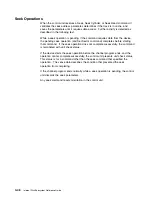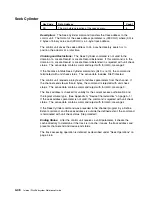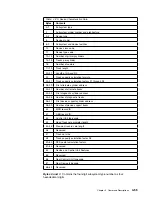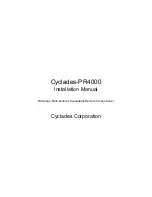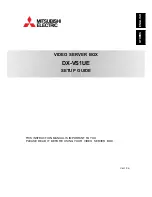
Bytes 17 through 19:
Contains an unsigned, 24-bit binary value that shows the
total number of usable bytes on each track. This value is valid after the track has
been formatted with a home address and a standard record zero (key length of 0
and data length of 8). This value is the maximum number of bytes available for
formatting user data records, and includes all space that the count areas occupy,
and device dependent recording items (such as gaps) that are associated with the
records.
Note:
A set of user data records can be written on a track if the sum of the space
values of the records calculated by the formula specified in byte 22 is equal
to or less than the value contained in bytes 17 through 19.
Bytes 20 and 21:
Contains an unsigned 16-bit binary value that shows the total
amount of bytes used for a home address and a standard record zero (key length 0
and data length 8). This value includes the space occupied by device dependent
recording items (such as gaps) that are associated with home address and record
zero.
Byte 22:
Contains an 8-bit unsigned binary value that specifies the formula to
perform track capacity calculations for the logical volume.
A value of X
'
01
'
specifies that the amount of space occupied by a record is given
by the formula:
Space = (FL1 + FL2)
Where:
Each FL1 and FL2 are rounded up to an integral multiple of F1.
FL1 = (F2 + DL)
FL2 = (F3 = KL). FL2 is set to zero when the key length is zero.
DL is data length and KL is key length.
F1 is an 8-bit unsigned binary value contained in byte 23.
F2 is a 16-bit unsigned binary value contained in bytes 24 and 25.
F3 is a 16-bit unsigned binary value contained in bytes 26 and 27.
A value of X
'
02
'
specifies that the amount of space occupied by a record is given
by the formula:
Space = (FL1 + FL2)
Where:
FL1 and FL2 are rounded up to an integral multiple of F1.
FL1 = (F1 x F2) + (DL + F6 + [F4 x INT1]).
FL2 = (F1 x F3) + (KL + F6 + [F4 x INT2]), except that FL2 = 0 when the key
length is zero.
INT1 = the smallest integer greater than or equal to (DL + F6) / (F5 x 2).
INT2 = the smallest integer greater than or equal to (KL + F6) / (F5 x 2).
F1 is an 8-bit unsigned binary value contained in byte 23.
F2 is an 8-bit unsigned binary value contained in byte 24.
F3 is an 8-bit unsigned binary value contained in byte 25.
F4 is an 8-bit unsigned binary value contained in byte 26.
F5 is an 8-bit unsigned binary value contained in byte 27.
F6 is an 8-bit unsigned binary value contained in byte 48.
DL is data length and KL is key length.
4-58
Internal Disk Subsystem Reference Guide
Summary of Contents for Multiprise 3000
Page 2: ......
Page 3: ...S 390 IBM Internal Disk Subsystem Reference Guide SA22 1025 00 ...
Page 32: ...2 12 Internal Disk Subsystem Reference Guide ...
Page 38: ...3 6 Internal Disk Subsystem Reference Guide ...
Page 182: ...4 144 Internal Disk Subsystem Reference Guide ...
Page 198: ...5 16 Internal Disk Subsystem Reference Guide ...
Page 214: ...6 16 Internal Disk Subsystem Reference Guide ...
Page 234: ...A 10 Internal Disk Subsystem Reference Guide ...
Page 238: ...B 4 Internal Disk Subsystem Reference Guide ...
Page 243: ...4 lease the Code or any copy of it Appendix C Warranties C 5 ...
Page 244: ...C 6 Internal Disk Subsystem Reference Guide ...
Page 248: ...D 4 Internal Disk Subsystem Reference Guide ...
Page 254: ...X 6 Internal Disk Subsystem Reference Guide ...
Page 263: ......



